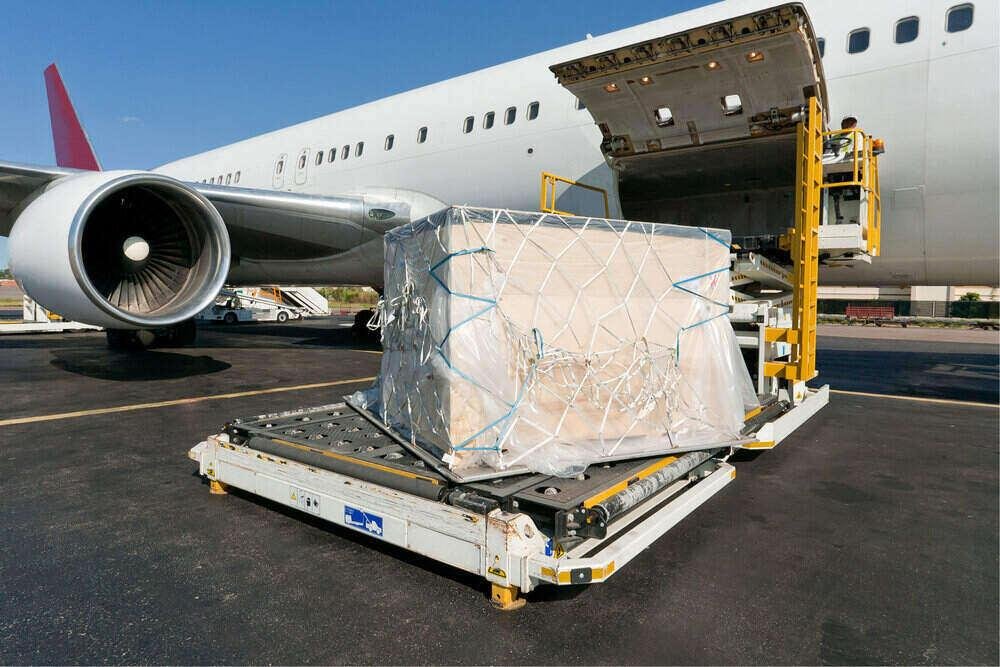
For transporting heavy and bulky goods over long distances, rail and intermodal transport emerge as the cheapest and most efficient options. These methods offer a balanced mix of cost-effectiveness, capacity for large volumes, and environmental sustainability, making them ideal for such shipments.
Transporting heavy and bulky goods over long distances requires a strategic approach to balance cost and efficiency. This article delves into various transportation methods, highlighting the advantages of rail and intermodal transport for such purposes. It also explores the critical factors influencing the choice of transport, including the nature of the goods, distance, and cost implications.
Understanding the Characteristics of Heavy and Bulky Goods
Heavy items can be categorized by weight, size, or shape. They exceed ordinary parcel weight and dimensions. These include furniture, appliances, industrial machinery, and building materials. The unique dimensions of these items make handling and transporting them difficult. These include specialized equipment, safety risks, and space and storage issues.

Heavy or bulky items are also classified by their material and fragility. Heavy items made of glass or ceramics must be handled differently than metal or wood. Fragile, heavy goods may require special vehicles or protection. Understanding these characteristics of heavy and bulky goods is essential for a safe and efficient transport strategy.
Importance of Distance in Shipping Large Items
Distance is crucial in shipping heavier goods in archaic logistics. International shipping of these bulky goods can be much more expensive than domestic shipping due to rising freight costs per mile. Businesses must consider these factors to improve efficiency and cost. Through transportation costs, distance affects the mode of transport and delivery frequency, indirectly affecting timeline management, resource allocation, and service delivery.
Long-distance shipping always takes longer. This timeline affects product perishability, storage, and inventory management strategies. Fresh agricultural produce and time-sensitive medical supplies require faster and more expensive transport. Thus, distance evaluation is crucial for both direct costs and its wide range of logistical challenges. Distance significantly impacts macro-level decisions, warranting deeper supply chain management and strategic planning analysis.
Exploring Land-Based Freight Options: Rail and Road
Road and rail are the main land-based freight options. Businesses must weigh the pros and cons of each to choose the best transportation method. Low fuel consumption and the ability to carry large volumes of goods make rail transport an eco-friendly and cost-effective way to deliver massive commodities across the country.
Truck transport offers more route and delivery flexibility. It can carry many goods and requires less infrastructure than rail. Congestion, weather, and fuel prices affect road transport more. These complementary options meet shipping needs for different distances, types, and volumes of goods.

Frequently Asked Questions
The main land-based freight options available are rail and road transport.
Choosing between rail and road freight options depends on factors such as the cost, the nature of the goods being transported, the distance to be covered, and the needed transit time.
Distance plays a significant role in selecting a freight option. For longer distances, rail transport is often more cost-effective and environmentally friendly. For shorter distances or destinations not accessible by rail, road transport would be the go-to option.
The cost-effectiveness of different transport methods is evaluated based on several factors, including fuel efficiency, labor costs, maintenance costs, and the cost of infrastructure. The nature and volume of goods transported also significantly impact the overall cost.
The weight, size, fragility, and value of goods can significantly affect the choice of transport method. Rail transport is often preferred for heavy and bulky goods due to its larger cargo capacity.
Yes, it’s possible to use a combination of rail and road freight for the same shipment. This is called intermodal transportation, which can offer advantages to both methods.
The choice of transport method can significantly impact the environment. Rail transport is generally regarded as more environmentally friendly than road transport because trains consume less fuel per ton-mile, which leads to lower greenhouse gas emissions.
Goods that require faster delivery are perishable or must reach destinations inaccessible by rail, so they are typically transported by road. This includes food products, furniture, and more miniature electronic goods.






 Share on Facebook
Share on Facebook Share on LinkedIn
Share on LinkedIn Share on Twitter
Share on Twitter




 Google
Google  Instagram
Instagram  Trustpilot
Trustpilot 




